
All members of the raccoon family have small bodies, long tails, ringed tails, and facial markings. Kinkajous lack markings, but have prehensile tails that aid arboreal movement. Raccoons are carnivores of the genus Procyon. They are common throughout the United States and also inhabit southern Canada, Central America, and South America. They are foxlike in appearance, with a broad head, a pointy muzzle, and short, erect ears. Raccoons have long fur and bushy tails. They are gray to brown above and lighter beneath. Black cheek patches and white whiskers adorn their heads. Their tails are marked with dark rings. Each paw has five toes, and most raccoons are about 3.5 feet long, including a 1- foot tail. The crab-eating raccoon, a species of Central and South America, is larger than common raccoons and has dark gray fur with yellow patches. Common U.S. raccoons inhabit trees near ponds and streams, or near human homes. They hunt at night for poultry, rodents, bird eggs, insects, fish, frogs, carrion, nuts, and fruit. Those that live near human habitations are particularly fond of scavenging in garbage cans and raiding bird feeders. In northern areas, raccoons winter in dens, rarely emerging. Males are solitary except for mating, while females and young live in groups. Raccoons mate in winter. The following spring, they give birth to up to six young, born in tree dens. Young raccoons depend on their mothers for five months. Mothers and offspring stay together for a year.
Raccoon Facts
Classification:
Kingdom: Animalia
Subkingdom: Bilateria
Phylum: Chordata
Subphylum: Vertebrata
Class: Mammalia
Order: Carnivora
Family: Procyonidae (raccoons and related animals)
Genus and species: Procyon lotor (common raccoon), P. cancrivorous (crab-eating raccoon),
P. insularis (Tres MarГas raccoon), P. gloveranni (Barbados raccoon),
P. pygmaeus (Cozumel Island raccoon), P. minor
(Guadalupe raccoon)
Geographical location: North and Central America
Habitat: Mostly lower elevations of temperate and tropical regions,
in areas well supplied with water and trees, although
some inhabit mountains twelve thousand feet high
Gestational period: 2 months
Life span: Ten to thirty years, depending on species
Special anatomy: Dexterous five-toed front paws; sixth, thumblike
toe; prehensile tail
Other popular Animals
Photo Gallery of - Raccoon

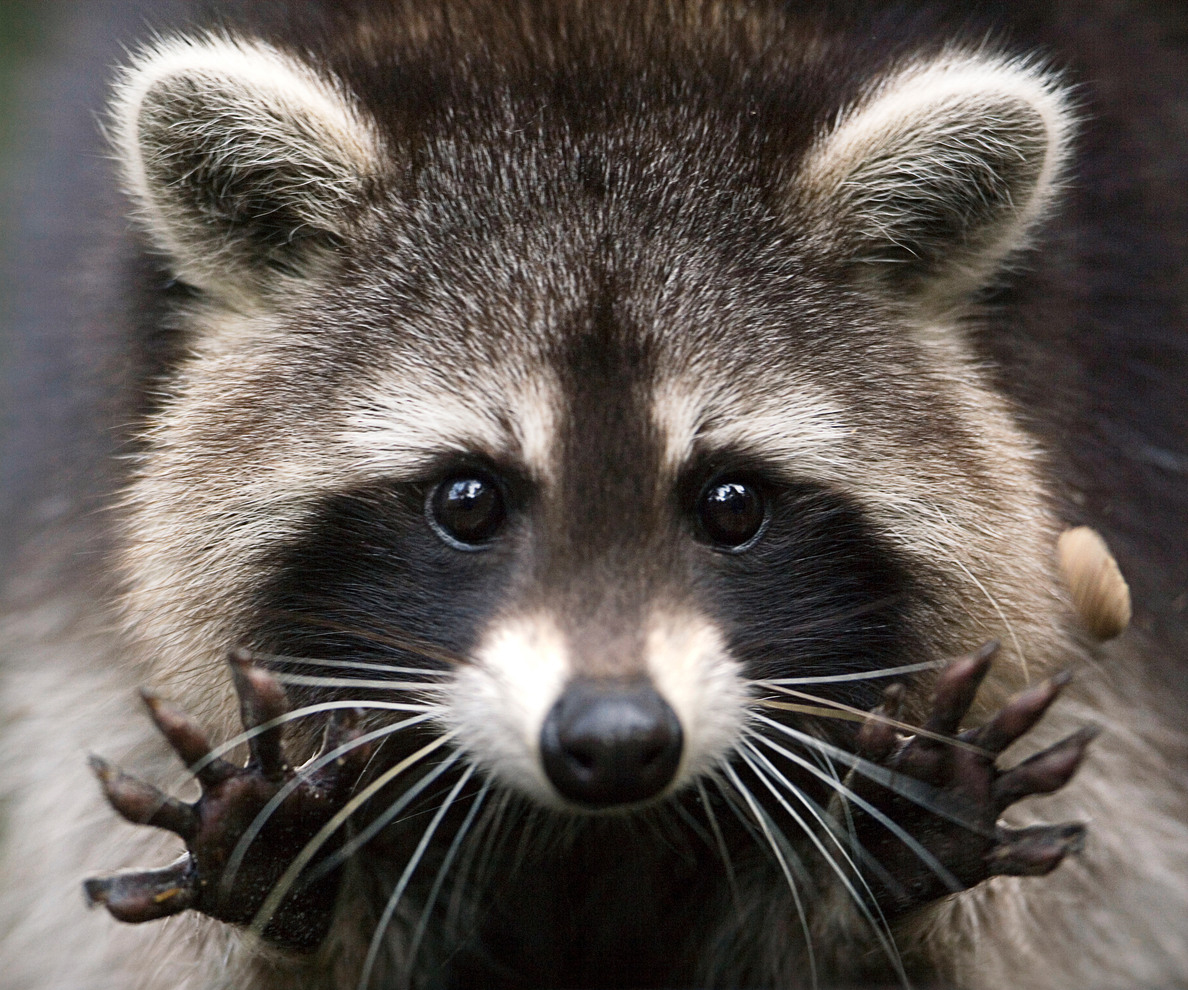
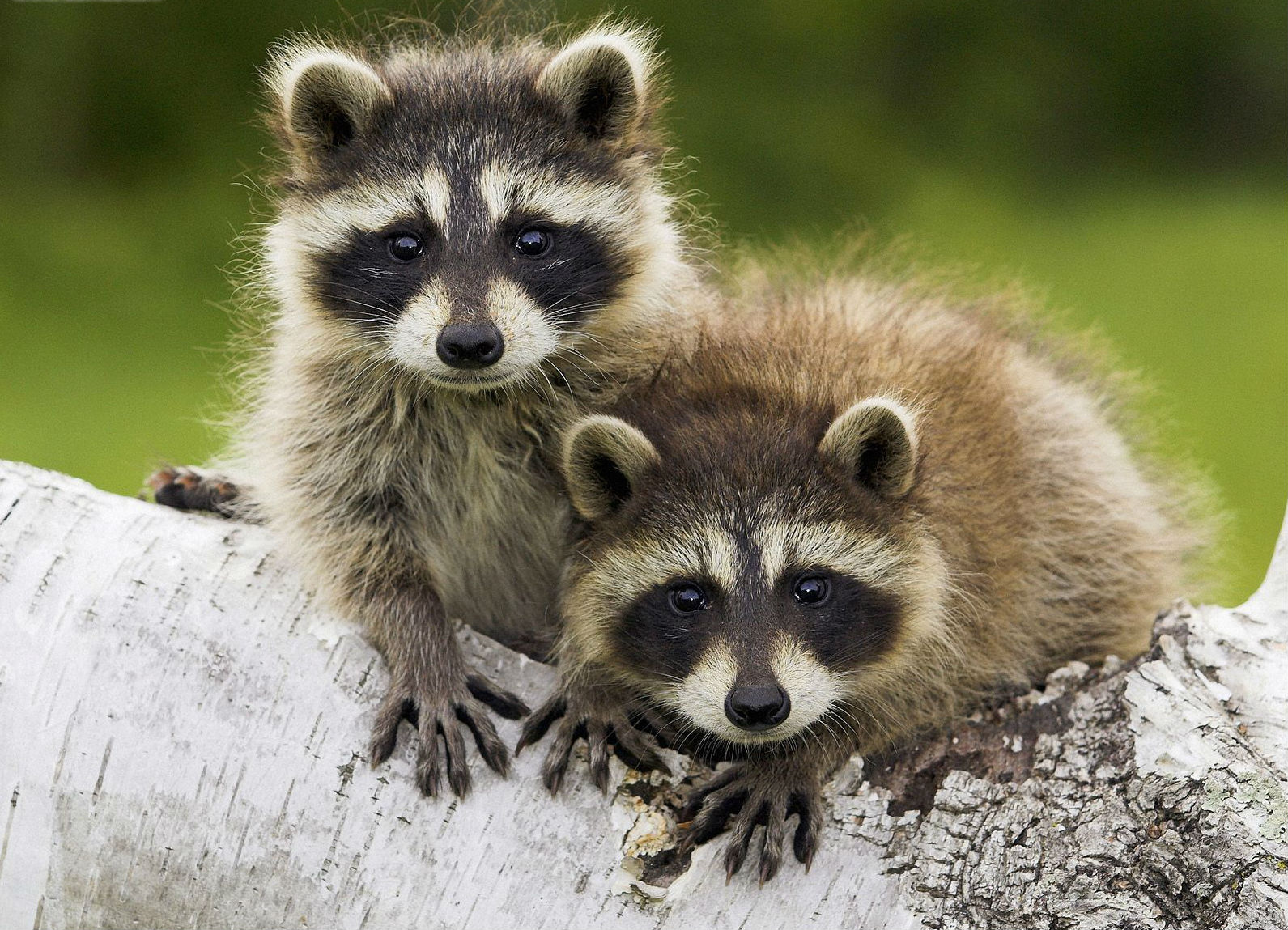
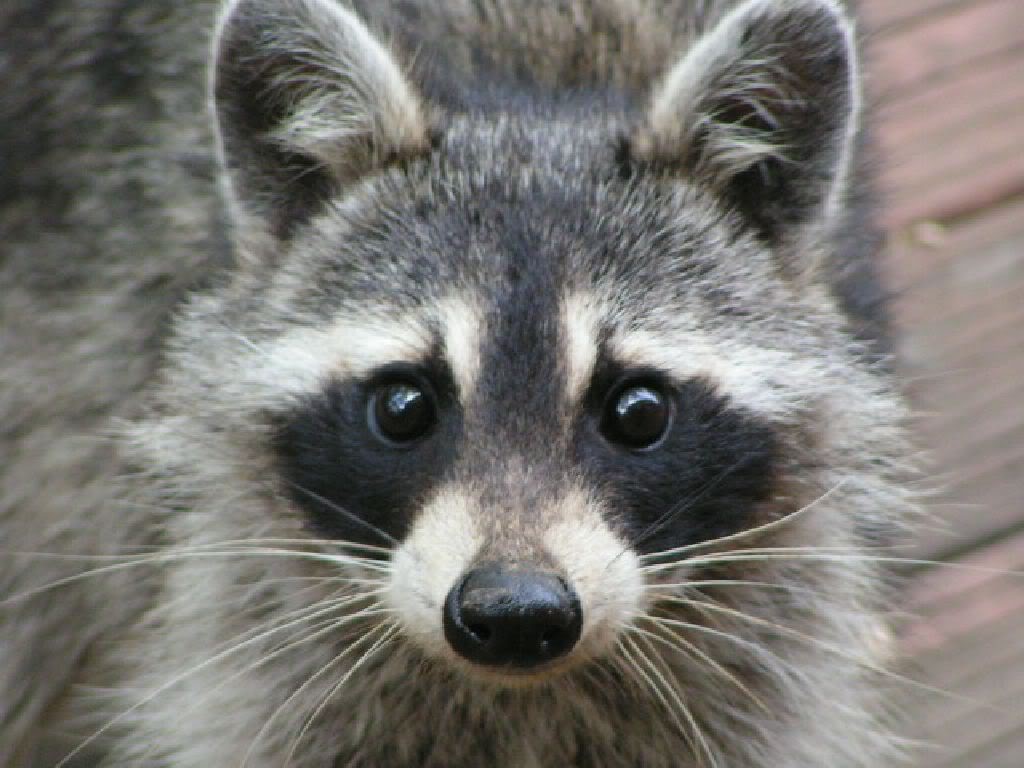

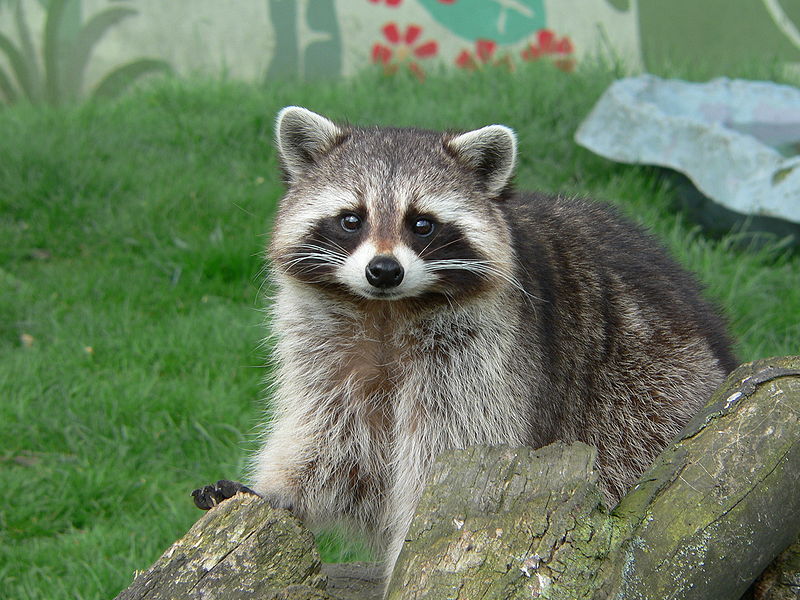

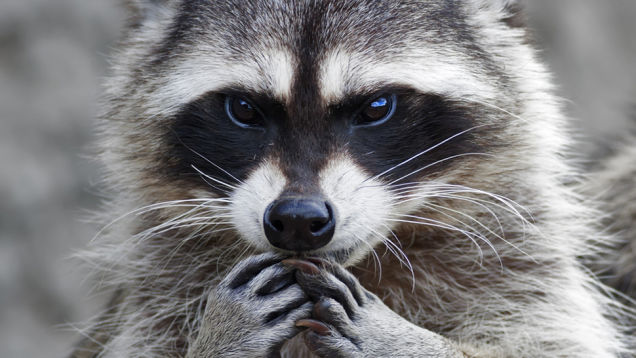
 Animalia Life
Animalia Life